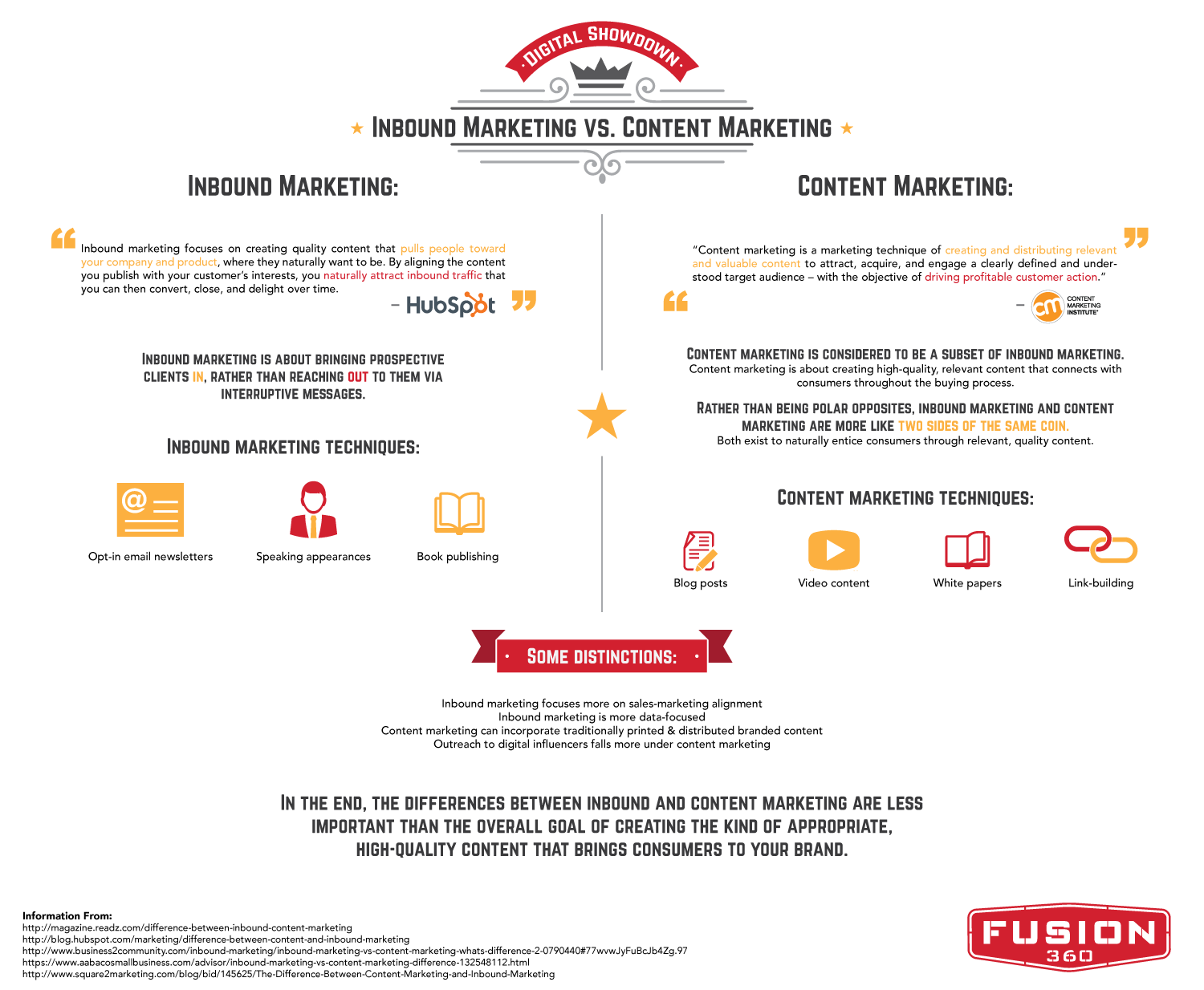
SEO auditing is a multi-faceted way to make an in-depth and accurate evaluation regarding the health of your website while simultaneously recognizing any specific areas that need to be developed. A thorough audit of your site can quickly help you diagnose any issues while helping you tackle your toughest SEO competition, whether that competition is in Utah or on the East Coast.
Assess Organic Traffic, Keywords and Competitors
One of the first things you should do while conducting an audit involves getting a comprehensive overview of your current traffic situation. For example, SEMRush and other tools allow you to search for your root domain, providing a graph of organic traffic and where it comes from, PPC traffic sources, your top keywords and main competitors. This overall assessment can give you a beginning look into where you should direct your SEO efforts, whether you want to be at the top of your game in Utah or in a surrounding area.
How Fluid Is Your Navigation?
Another way to look at the search engine optimization health of your website involves taking a look at the content on your page, specifically the navigation. Is the navigation easy to follow? Does it make sense? Make sure that the links within your navigation contain industry-specific keywords.
If your webpage is difficult for visitors to navigate, you’re going to have a difficult time ranking, no matter how aggressive your SEO efforts are. It doesn’t matter if you’re implementing search engine optimization tactics on a local level in Utah or on a nationwide platform—well-orchestrated navigation will make a huge difference in your traffic levels.
Some beneficial ways to check the health of your navigation involve checking to see how easily you can find your blog, shopping cart or other important pages. Also make note of whether or not you see any social media links within your navigation. How well are these links implemented? Is the blog frequently updated? These are all major areas related to content that should be thoroughly assessed to get you on the right track for a healthy search engine optimization campaign.












